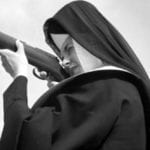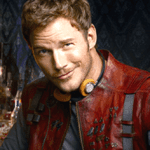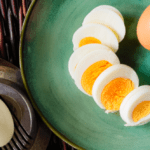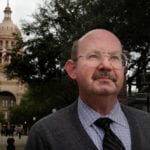 Weird Stuff
Weird Stuff  Weird Stuff
Weird Stuff  Miscellaneous
Miscellaneous Top 10 Things Crypto Was Supposed to Change & What Actually Did
 History
History 10 Huge Historical Events That Happened on Christmas Eve
 Music
Music 10 Surprising Origin Stories of Your Favorite Holiday Songs
 History
History 10 Less Than Jolly Events That Occurred on December 25
 Weird Stuff
Weird Stuff 10 Funny Ways That Researchers Overthink Christmas
 Politics
Politics 10 Political Scandals That Sent Crowds Into the Streets
 Weird Stuff
Weird Stuff Ten Bizarre Facts About The Doge Meme
 Our World
Our World 10 Ways Your Christmas Tree Is More Lit Than You Think
 Movies and TV
Movies and TV The 10 Coolest Stars to Set Sail on The Love Boat
 Weird Stuff
Weird Stuff 10 Fascinating Facts You Might Not Know About Snow
 Miscellaneous
Miscellaneous Top 10 Things Crypto Was Supposed to Change & What Actually Did
 History
History 10 Huge Historical Events That Happened on Christmas Eve
Who's Behind Listverse?

Jamie Frater
Head Editor
Jamie founded Listverse due to an insatiable desire to share fascinating, obscure, and bizarre facts. He has been a guest speaker on numerous national radio and television stations and is a five time published author.
More About Us Music
Music 10 Surprising Origin Stories of Your Favorite Holiday Songs
 History
History 10 Less Than Jolly Events That Occurred on December 25
 Weird Stuff
Weird Stuff 10 Funny Ways That Researchers Overthink Christmas
 Politics
Politics 10 Political Scandals That Sent Crowds Into the Streets
 Weird Stuff
Weird Stuff Ten Bizarre Facts About The Doge Meme
 Our World
Our World 10 Ways Your Christmas Tree Is More Lit Than You Think
 Movies and TV
Movies and TV The 10 Coolest Stars to Set Sail on The Love Boat
10 Things That Shouldn’t Have Their Own Museum But Do
There are plenty of things we expect to see in museums. Dinosaur bones, fine art, historical documents—these are all fine things to put on display for people to enjoy. Then there are other things, things that you might more commonly find in your refrigerator, in the bottom of your junk drawer, or in the garbage. Sometimes, all it takes is a special sort of person to think outside the box and realize that what this world is missing is a museum related to, for example, all things urine.
10Toasters
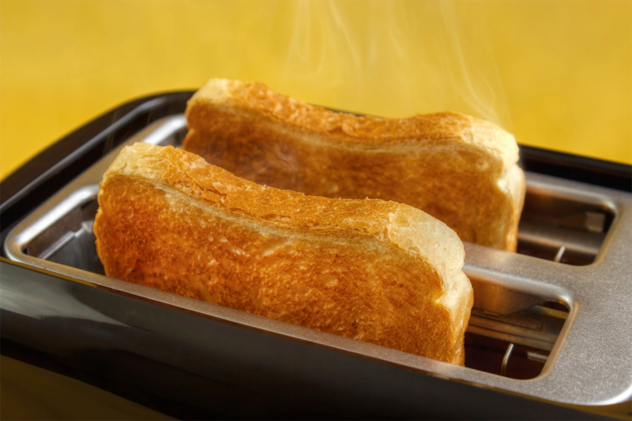
If you thought that toasters were just background kitchen appliances used to toast bread and bagels, then you’re missing out on the interesting history and variety that toasters can offer. The Toaster Museum Foundation is a small, non-profit organization dedicated to the preservation of toaster history. Sadly, their physical museum has been closed, but there’s still the possibility of it reopening. This labor of love started with the conception of a unique cafe idea that put toasters on all the tables and let customers make their toast exactly the way they wanted it. The founding members think of their museum as not just a place for people to see different kinds of toasters, but as a study of design and art in the decades that span their collection.
Toastermuseum.com is another online library dedicated to the preservation of the memory of these long-lived toasting devices. Here, visitors can see more than 600 different toasters while exploring the in-depth history of toasting and the fundamentals of toaster construction. There’s also a pretty interesting section on the prices of some toasters. How many thousands of dollars would you spend on a toaster?
9Bunnies
Not rabbits, mind you, but bunnies. Bunnies are cute and all, but one married couple has taken it to an extreme, boasting more than 28,000 bunny-related items all packed into their California house. There’s bunny kitchenware, stuffed bunnies, bunny statues, bunny collectibles . . . pretty much all the bunny you could ever want to see in one place, including a couple live pet bunnies of their own. Their web site instructs visitors to please refrain from bringing any live rabbits or any carrots, but alcohol is a perfectly acceptable gift.
They boast that thousands of people have visited the museum, and they’re always open. It’s always by appointment, of course, because it’s also their home. Or, as they call it, a living museum. But the most epic part of this museum isn’t the thousands and thousands of little bunny eyes that are staring at anyone who walks in, it’s the series of commercials that were made to promote the museum—and they star one Elijah Wood. Yep, Frodo is the spokesman for the Bunny Museum.
8Hair

There’s not much that’s more disgusting than a big, hairy drain clog, but if you’re that interested in hair, you can visit a museum dedicated to it. You can visit a couple of museums, actually. If you’re headed to Turkey, visit the Chez Galip Pottery studio, where the master potter has been collecting and saving pieces of his female visitors’ hair for decades. He’s collected more than 16,000 samples. It didn’t start out as a museum, though, and there are two stories behind how it all started. According to one, a friend who was leaving the area left a piece of her hair for the master potter to remember her by, and others started adding to the collection when they found out about it. The other story says that it’s something of a publicity stunt for the museum, as every year the studio gives away vacations to those who have donated a lock of hair.
There’s also Leila’s Hair Museum in Independence, Missouri. This museum boasts thousands of pieces of jewelry and artwork made from human hair—including the hair of people like Queen Victoria and Michael Jackson. There are hair wreaths (which is just as weird as it sounds) and paintings where the paint was made from crushed human hair. And if historical hair is more your thing, there’s also the Japanese Coiffure Museum, which boasts miniature replicas of Japanese hairstyles dating back to ancient times.
7Ramen
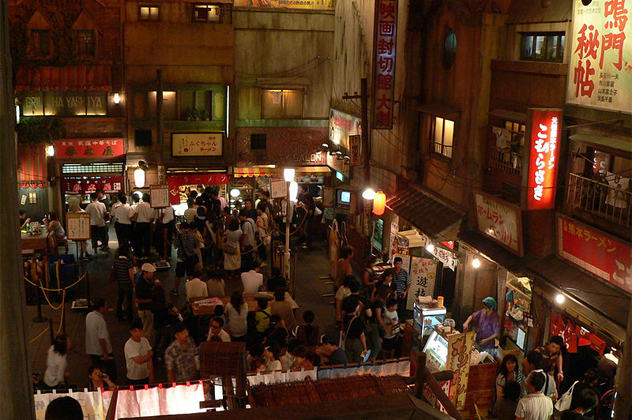
In the United States, Ramen is little more than a college student’s dinner-on-a-budget. In Japan, however, they take their Ramen very seriously—so seriously that you can visit not just one, but two Ramen museums. At the Momofuku Ando Instant Ramen Museum, you can learn about the history of Ramen (chicken was the first), create your own flavor by mixing noodles and broth, and even cook some real Ramen noodles, starting with their basic ingredients.
Not to be outdone, the Shin-Yokohama Ramen Museum isn’t only a museum to the tasty noodles, it’s also got a shop, an old-school style cafe, a sweet shop, and slot-car racing. They boast that it’s the only place where you can try every type of Ramen in the world without getting on a plane, and the different restaurants in the museum serve different kinds of Ramen noodles with different toppings; apparently, some types of Ramen can have up to 45 different ingredients. We had no idea it was all so complicated. And surprisingly, Ramen didn’t even spread to Japan until 1859, when Chinese restaurants started popping up all over the country.
6Dog Collars

At first glance, the idea of a dog collar museum seems a little silly, but it’s really pretty fascinating for those of us who are obsessed with our four-legged friends. Located on the grounds of Leeds Castle, the name of Dog Collar Museum is misleadingly simplistic. Some pieces date back well into the Middle Ages, when collars were mostly a very utilitarian design that protected the necks of dogs that were tasked with hunting prey and protecting livestock from predators. Later examples are as much a fashion statement as any human clothing piece from the era. Collars from the 18th century were as decorative as their owner’s clothes would have been, with many containing silver or velvet and etched with the dog’s name and their owner’s information. Some dog collars were even decorated with their family’s coat of arms.
People have long been extremely devoted to their canine friends, and it’s a fascinating look at just how serious we are about our dogs. And apparently, we’re still pretty serious about them; the museum gets about half a million visitors each year. The museum itself was originally started by a scholar in medieval history and was presented to Leeds Castle after his death.
5Menstruation

This is an online museum that’s strangely entertaining—especially some of the hate-mail comments that they’re proud to post. If you’re squeamish, you might not want to check out the Museum of Menstruation and Women’s Health, but those who do take a gander will be pleasantly surprised at the wealth of information. It’s not just a look at the science behind the monthly cycle, it’s also an interesting look at the social and cultural ramifications of being a woman. The museum has old engravings showing costumes worn by girls who started their first menstruation, and there are photos of huts that women were exiled to during a handful of days every month.
The museum also provides interesting legends about menstruation: In ancient Greece, it was thought that dogs would go mad if they were around a menstruating woman, while Orthodox Jews had a tradition of ritual bathing and—unofficially—of mothers slapping their daughters during their first period. There are also a ton of vintage ads from all over the world.
4Urology
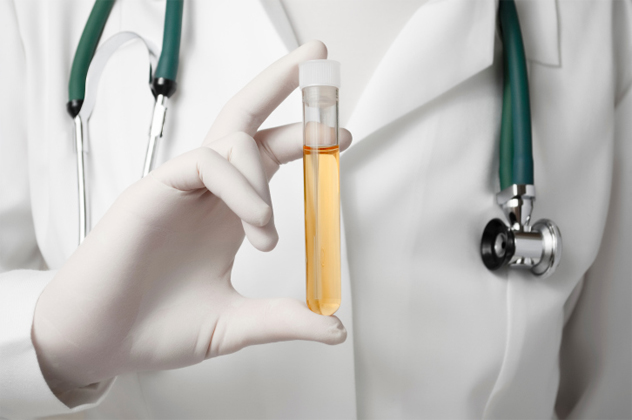
The William P. Didusch Center for Urologic History is a must-see for anyone interested in urology, urine, bladder stones, and catheters. Established in 1971 and operated in conjunction with the American Urological Association in Maryland, the museum has everything you could ever want to see in order to learn more about urology. Their ongoing (and ever-growing) collections include medical textbooks and illustrations both modern and historical, along with medical tools like laparoscopes (used to perform minor surgeries) and catheters.
As it turns out, catheters are more interesting than you might think. Early ones were made from materials like wood and precious metals, while people in the 19th century used to carry their catheters with them concealed in various wardrobe accessories. There are special exhibits that rotate on a yearly basis, and the museum also has sections on urology-related specialties like infertility and incontinence treatments. They’re always looking for volunteers and contributions.
3Mustard
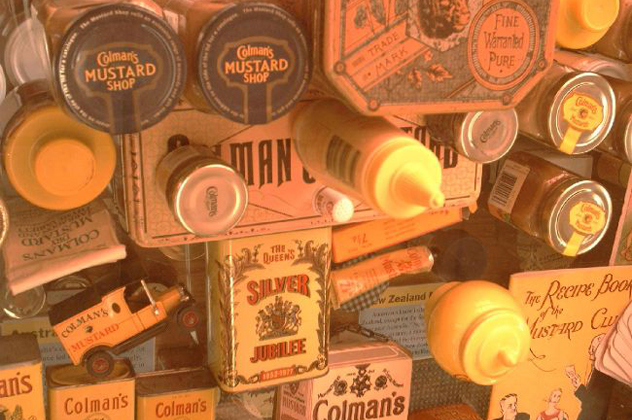
Because there’s too much mustard in the world for just one mustard museum, we’ve been given a couple. The Colman’s Mustard Shop & Museum is in Norfolk, England and pays homage to arguably the most important mustard out there. Colman’s has been around for almost 200 years, and their museum is a tribute to decades of mustard history, with tins and mustard pots whose styles change as much as the art of the decades. You can also learn all about how mustard is made and how the company grew into the mustard empire it is today.
On the opposite side of the Atlantic is another, even more bizarre mustard museum. The National Mustard Museum was established in 1992 by an ex–Assistant Attorney General who left his job to open a mustard museum after browsing the mustard aisle in the grocery store during a late-night shopping trip. He has more than 5,600 different types of mustard on display. He says that he knew he was destined to open a museum with the world’s largest collection of mustard when he appeared before the US Supreme Court to argue a case and won it with a jar of mustard in his pocket. Now, his museum hosts the National Mustard Day celebrations every year.
2Pencils
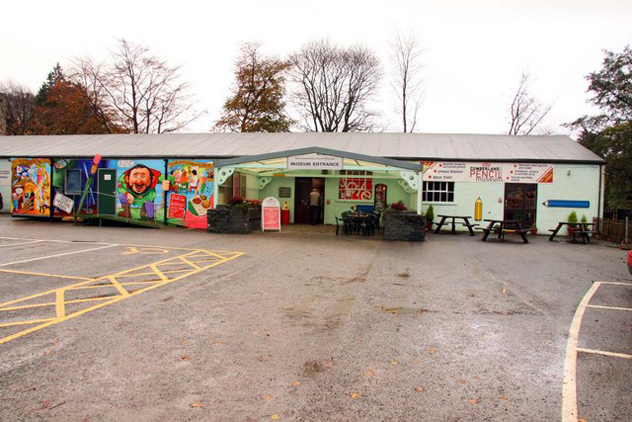
The Cumberland Pencil Museum says that they’re the home of the world’s first pencil, but that still didn’t keep them off The Telegraph‘s list of the worst ways to spend a day in Britain. If you want to know how pencils are made, from the discovery of graphite deposits in Borrowdale to the invention of the machine that makes those wooden grooves in pencils, all the way up to the groundbreaking development of colored pencils, this is the place for you. It’s an apparently complicated process that involved a lot of woodworking, scraping of graphite, gluing, sanding, finishing, lettering, and boxing.
It’s a lot to take in, but they put their timeline in perspective amid other events which you might be more familiar with, like the start of World War I and the ascension of Queen Victoria. Enter a competition to design a fairground (drawings in graphite only, please), follow along the arts and crafts activity trail, and certainly don’t forget to check out the World War II Secret Pencil exhibition. They also offer family fun days, group art demonstrations, drawing competitions, and a coffee shop.
1Leftovers

Most people just throw away the little bits that are left on the plate after dinner. At best, we save them for the next day. But at the Museum of Celebrity Leftovers, leftovers aren’t just garbage—they’re a reminder of the famous lips that once touched the silverware of this seaside cafe. The museum is perhaps more aptly called a display stand, and it holds several rows of mineral specimen jars. Each jar holds some leftovers and is carefully labeled with the name of the celebrity who stopped by for a bite. You can see a bit of leftover fruit cake from Admiral Sir Jonathon Band, a bit of Cornetto wrapping from actor Eddie Marsan’s snack, and a sugar packet that actor Mark McGann used in his coffee. The display with the crown? That’s a piece of leftover bread pudding from the Prince of Wales.
The whole thing started when the owners of The Old Boatstore Cafe, Michael and Francesca Bennett, were visited by photographer David Bailey and wanted to memorialize the event somehow. Sadly, this is one museum that’s no longer around, but not because it wasn’t popular. The owners of the cafe and the museum decided to change the focus of their jobs from the cafe to their art.
